Zimbabwe’s mineral testing laboratories are facing mounting backlogs as a surge in gold prices fuels an exploration boom.
Gold reached an all-time high of $3,500 an ounce in April, driven by geopolitical tensions, central bank stockpiling, and fresh economic uncertainty following U.S. President Donald Trump’s tariffs.
This rally has triggered a global wave of exploration activity, with Zimbabwe seeing a particularly sharp rebound after years of political and economic decline.
According to Reuters, the country’s gold production jumped 40% year-on-year in the first seven months of 2025, reaching 24.3 metric tons.
Annual output is now projected to exceed 40 metric tons—far above the 3-ton low recorded in 2008.
Don’t Miss This: CBN Mulls Prosecuting FX Deal Violators After Audit
The Reserve Bank of Zimbabwe has also resumed gold coin minting after a 10-month suspension, signaling renewed confidence in the sector.
However, Craig Harvey, Vice President for Technical Services at Caledonia Mining Corp., one of Zimbabwe’s largest producers, said that accredited local laboratories are struggling to process the influx of mineral samples.
“It is very frustrating for us, but in the Zimbabwe context, that’s very encouraging,” Harvey told Reuters.
Read Also: Niger Junta Seizes Control of Gold Mine from Australian Operators
Caledonia’s net profit rose to $34.8 million in the first half of 2025 from $12.25 million a year earlier, boosted by higher production and a 40% rise in average gold prices.
CEO Mark Learmonth said the company is seeking financing for its Bilboes project—set to become the country’s largest gold mine—while aiming to avoid major equity dilution or dividend cuts.
The laboratory delays underscore a growing challenge for Zimbabwe’s mining industry: how to scale infrastructure and technical capacity fast enough to match the pace of renewed investment.
Image Credit: Discovery Alert

